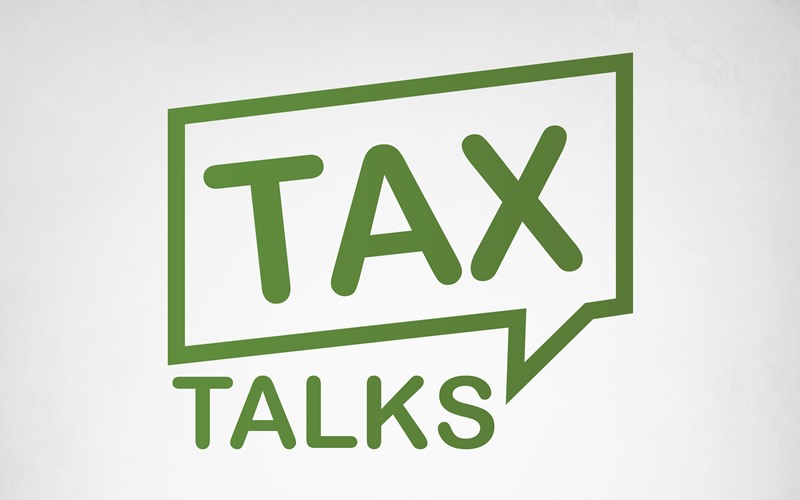October 27, 2020

The Paycheck Protection Program (PPP) continues to throw a bit of wrench into tax planning season. Since the program’s inception, one of the major questions has been whether expenses paid with a PPP loan that is forgiven would be deductible.
As we’ve previously discussed, the IRS addressed the issue in Notice 2020-32 and indicated that to the extent the loan forgiveness under the PPP is excluded from income, it is considered a “class of exempt income” under the tax code. As a result, the expenses paid with the forgiven loan are not permitted to be deducted. According to the IRS, this treatment prevents the taxpayer from receiving a double tax benefit.
The major uncertainty that exists around Notice 2020-32, barring further guidance, is in the case of a taxpayer who has their tax year close prior to the PPP loan being forgiven. As most taxpayers will not receive loan forgiveness until 2021, clarity is needed regarding the expenses incurred in 2020. It appears that if the loan is not forgiven until 2021, then the expenses incurred in 2020 will be deductible and the PPP funds will be recorded as a loan on the balance sheet at year end.
To illustrate, let’s take a look at two examples illustrating the timing difference of PPP forgiveness.
Example 1: 2020 PPP Forgiveness
Taxpayer received a PPP loan of $50,000 on April 1, 2020, which she spent entirely on the farm payroll, an eligible expense that will ultimately lead to full forgiveness. Taxpayer applied for and received confirmation of the $50,000 loan forgiveness in 2020. Taxpayer will not be able to deduct the $50,000 of payroll expenses as the $50,000 loan forgiveness was not included in taxable income. In other words, the taxpayer’s overall taxable income is still $50,000 higher due to the disallowance of the expense. There is legislation circulating Congress to make these expenses deductible, but as of this point the legislation has stalled.
Example 2: 2021 PPP Forgiveness
Taxpayer received a PPP loan of $50,000 on April 1, 2020, which she spent entirely on the farm payroll, an eligible expense that will ultimately lead to full PPP forgiveness. As of 12/31/2020, taxpayer has not applied for PPP forgiveness. Taxpayer books a $50,000 loan on the balance sheet and deducts the $50,000 of payroll expenses.
In 2021, taxpayer A will likely have to increase her taxable income by $50,000 as a result of the PPP loan being forgiven due to the tax benefit rule.
The importance of tax planning
The timing of the PPP forgiveness could be a tool that taxpayers wish to discuss during tax planning. Given the fact that the Coronavirus Food Assistance Program (CFAP) has come out with a second round of relief for farmers, many farmers could be facing an extremely high taxable income year. All things being equal, it may in fact be better to utilize those PPP expenses in 2020. But as always, only after a careful analysis can any sound advice be given.




